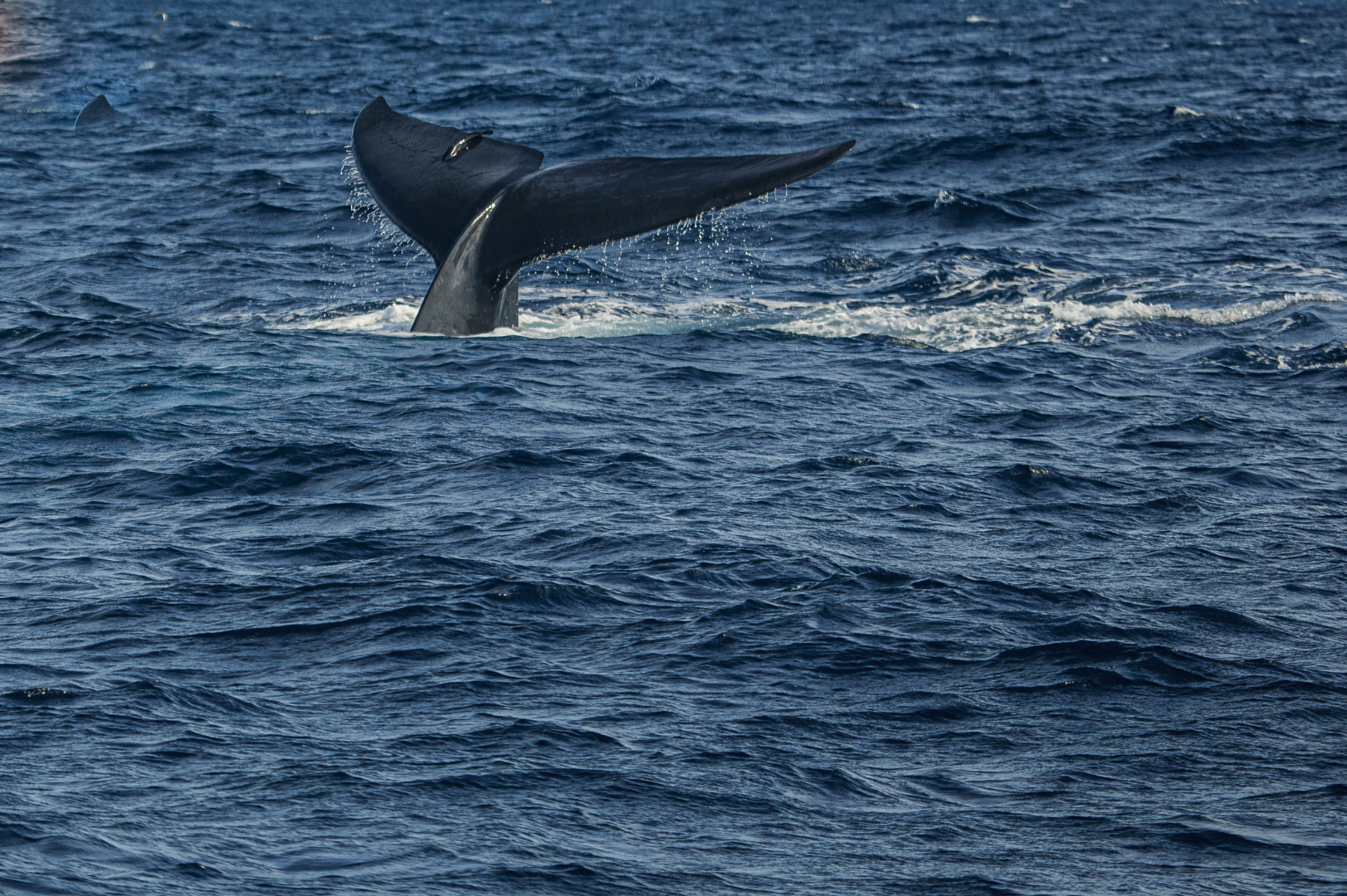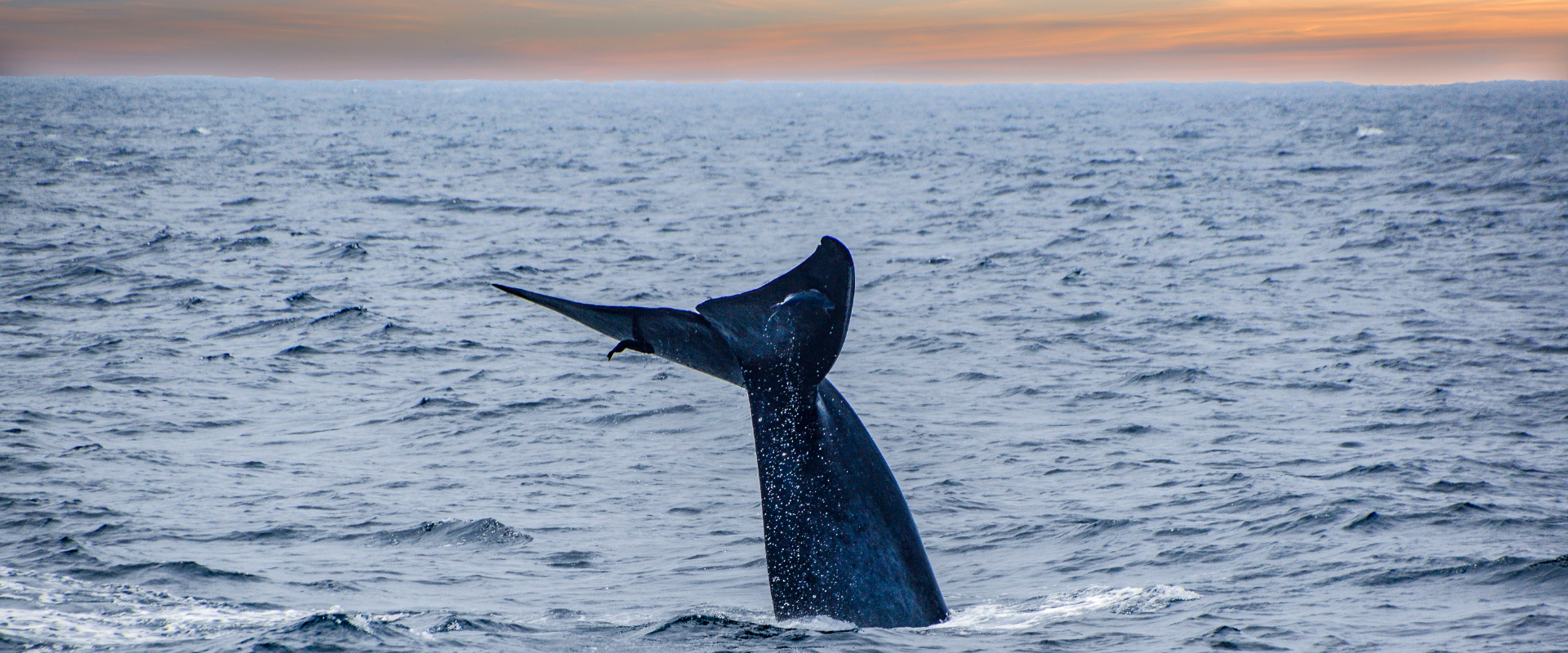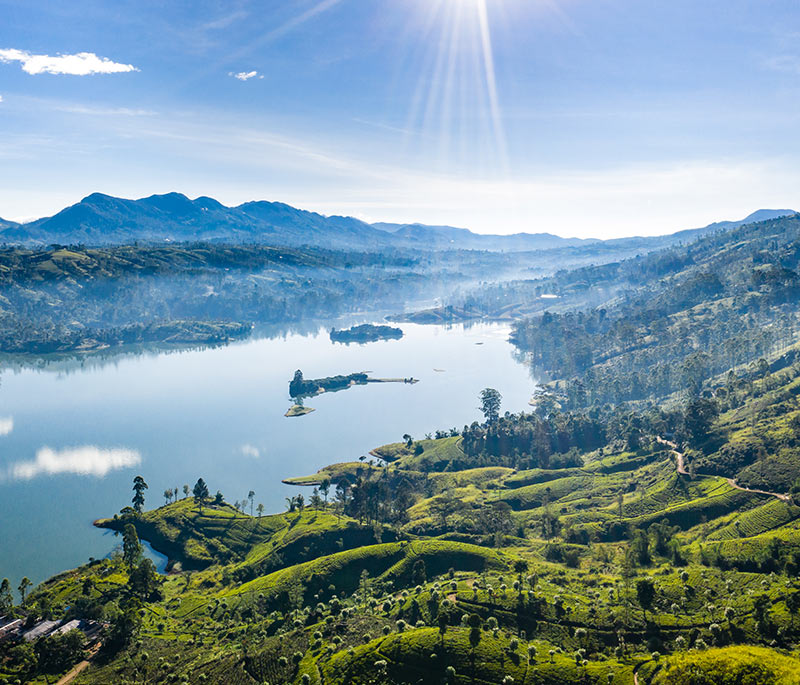What to Expect on a Whale Watching Expedition
Set out on an extraordinary whale-watching expedition in Sri Lanka, where the vast expanse of the Indian Ocean set the stage for unforgettable encounters with marine giants in their natural habitat.
To make the most of your journey, it’s essential to be prepared for the unique aspects of this thrilling excursion.

Sri Lanka boasts a rich diversity of whale species, making it a top destination for enthusiasts. Keep an eye out for the following magnificent creatures during your excursion.
Blue Whale – The largest mammal on Earth, the blue whale, is a common sight around Sri Lanka’s waters. The blue whales found around Sri Lanka belong to one of three specific sub species. They can grow up to 30 metres in length and weigh up to 200 tons. Their diet mainly consists of krill and an adult requires around 4 tonnes of a krill a day. Blue whales do tend to migrate however, researchers have noticed that a pod of blue whales have become residents in Sri Lanka’s waters.
Sperm Whale – Known for their deep dives, sperm whales are another remarkable species often spotted off the coast. They have the largest brain of any creature to have existed on earth. The length of a sperm whale is roughly between 15 metres to 18 metres and they can weigh 35 to 45 tonnes. They can dive as deep as 3280 metres holding their breath for 90 minutes in search of squid as part of their diet.
Humpback Whale – Recognizable by their acrobatic displays, humpback whales add an extra layer of excitement to your adventure. These whales are found in every ocean in the world. They weigh around 40 tons and adults are between 48 to 63 feet. The name ‘humpback’ comes from the small hump they have in front of their dorsal fin (the fin on their back). Humpback whales may also hit the surface of the water with their pectoral fins or rise out of the water nose first.
Bryde’s Whales: These medium-sized baleen whales are known for their distinct feeding habits. They are known as tropical whales since they prefer warmer waters. Adults vary between the length of 11.5 metres to 15 metres and can weigh between 25 to 30 tonnes. They are typically found alone or at most in a group of three. A Bryde’s whales diet mainly consists of schooling fish such as sardines and anchovies but they have also been found eating krill and pelagic red crabs.
Killer Whales (Orcas) – While rare, killer whales occasionally grace the waters around Sri Lanka with their presence, two specific orcas, King and Arya have been seen in the waters of Sri Lanka over 15 times since 2008. They are easily identifiable as each one has a distinct white patch around their eye, and these patches vary in both size and shape, making each orca unique. Given that they have been in the east, west and south of the island, researchers believe they may even be residents of Sri Lankan waters. Orcas are generally between 23 to 32 feet in length and weigh up to 6 tons, with a lifespan from 50 to 80 years.
Short Finned Whale – These are a subcategory of pilot whales and are known as cheetahs of the deep sea as they swim deep and swim at high speeds. The other type of pilot whale is the long finned whale, both similar in appearances other than the difference in length of their flippers. They are 4 to 6 metres in length and have an average lifespan of around 46 years. A rare sight in Sri Lankan waters however, pods have been spotted as they usually follow a leader.

Here are some key points to bear in mind regarding the boat ride.
Duration – Be prepared for a 4 to 6-hour boat ride, as the journey to a whale sighting location can be time-consuming.
Motion Sickness – If you’re prone to motion sickness, carry necessary medications. The boat may stay still for a while, so it’s crucial to be comfortable.
Weather Considerations – With the potential for hot weather, sun protection is essential. Wear sunscreen, caps, and comfortable clothing. Stay hydrated with water or electrolyte-rich drinks like king coconut.
Timing – Most trips start before sunrise to avoid the heat. Bring a coat or jacket as the sea breeze may be chilly in the early morning.
While many operators have a restricted number of boats, travelling exclusively with your group is often preferred. However, if not specifically requested, you may end up sharing a boat with other groups.
While Sri Lanka is renowned for its whale and dolphin sightings, it’s important to manage expectations.
Sri Lanka ranks high as a destination to see whales and dolphins due to the abundance of krill around the island. However, it must be noted that spotting whales is not guaranteed. Due to migration patterns, different parts of the island have different seasons for whale watching. For example in the South the best season is from November to April. If you do plan to go whale watching during the off season, the sea is choppier and the quality of sightings are affected.
The most commonly sighted whales in Sri Lanka are blue whales and sperm whales, in addition, you may also encounter dolphins, turtles, flying fish but it is important to emphasise again that this is not a guarantee.
A sighting that is very rare is seeing a whale breach. A more likely sight is the tail of a whale, the blowhole or fins.

Operators are diligently trained to maintain a safe distance from the whales. While you may catch a glimpse of these majestic creatures in the distance, having binoculars can significantly enhance your viewing experience.
If you are very lucky you may even find a pod of dolphins ‘bow riding’ the boat. Bow riding occurs when dolphins position themselves in a way that allows them to be lifted and propelled forward by the pressure created from the bow end of a moving boat.

In conclusion, whale watching experience in Sri Lanka offers a captivating journey into the realm of these marine giants. By understanding what to expect and being well-prepared, you can make the most of this adventure in one of the world’s premier whale watching destinations.





